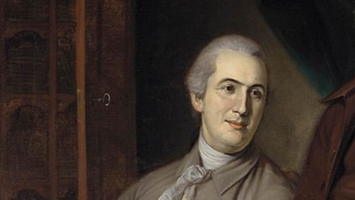Top 8 Interesting Facts about Emily Dickinson
Emily Dickinson is an American poet. Truth be told, she was one of those poets who never became famous during her lifetime. Fame only came to Emily after her ... read more...death. Her poems became a breakthrough in the literary world. However, there are many interesting facts about Emily Dickinson. But the article below of Toplist will provide you with more information. Please refer to the article.
-
One of the fun facts about Emily Dickinson is a real rebel. The parents of Emily were devout Calvinists. According to Calvinists, everyone is born into sin. A conversion to Calvinism is the only method to save souls. Emily has never done that. She is an Anglican. She attended church services every Sunday until she was 30 years old. Then she decided to stop. She said that through living at home, she discovered God. She was more of a scientist than a religious person, yet she never lost hope in the soul's immortality.
Her poetry reflects her rebellious spirit. One intriguing detail about Emily Dickinson is that she wrote her poems in a style that was a little "outside the box" for the time. She frequently employed dashes in her writing, for instance, and they varied in length.
Dickinson was disobedient on matters of religion and social rights in addition to punctuation. Even though she routinely went to church up to the age of 30, she identified as a pagan and wrote about how science can complement religion. Dickinson does not have a spouse or children, and she generally avoids in-person social encounters, choosing instead to correspond with the majority of her friends.
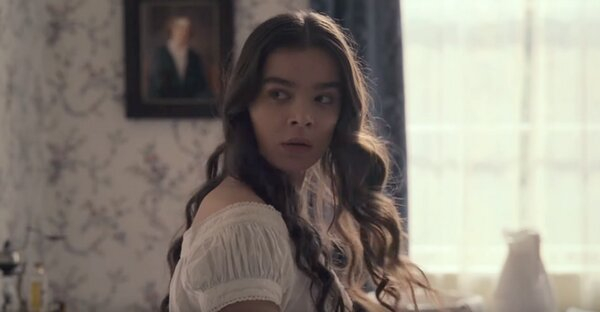
Emily as Emily Dickinson in the movie Dickinson - Photo: http://www.lesbian-interest.eu/ 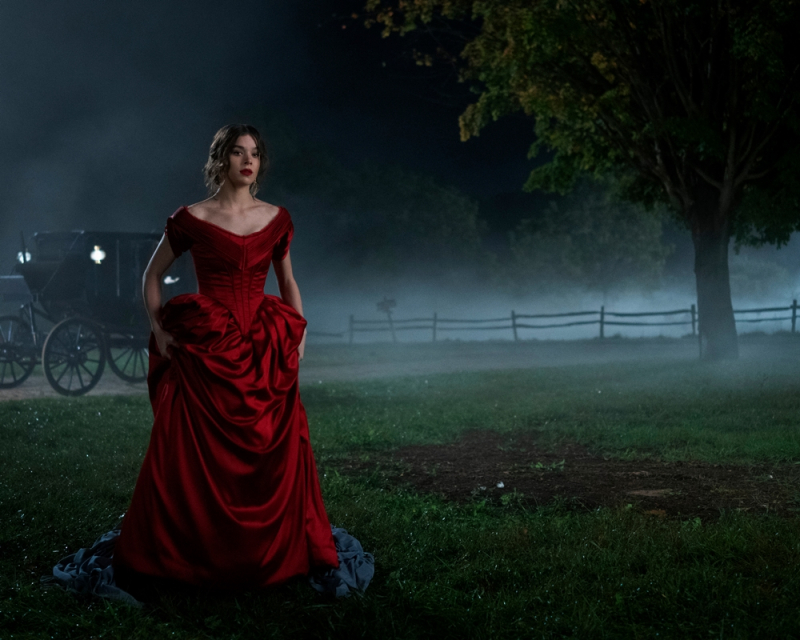
Emily as Emily Dickinson in the movie Dickinson - Photo: https://www.cheatsheet.com/ -
In December 1830, Emily Elizabeth Dickinson was born. She is from Amherst (Massachusetts). She had spent the majority of her life in this town. Her father is a well-known attorney. Graduate of Northampton Law School, Edward Dickinson His professional life quickly began to take off. He held offices in the Massachusetts Senate, the Massachusetts House of Representatives, and the US Congress for a total of four terms. He serves as the treasurer of Amherst College, which Emily's great-grandfather Samuel Dickinson founded.
Her family's forefathers had migrated to the New World during the Great Puritan Migration two centuries ago, where they had prospered. Samuel Dickinson, an early founder of Amherst College, was the grandfather of Emily Dickinson. Homestead, a stately mansion on the town's Main Street that had served as the center of the Dickinson family's existence for more than a century, was a creation he made in 1813.
Her father actively monitored their growth even though he was gone on business since Edward Dickinson wished to provide his kids with an excellent education. Nearby to Emily's home was an elementary school. At Amherst Academy, she resumed her academic pursuits. Her teachers frequently praise her for being a good student who works hard.
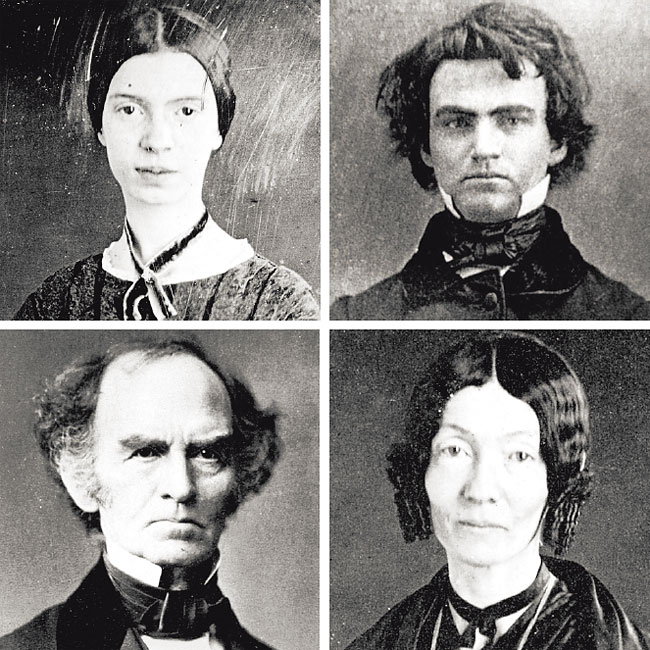
Photo: https://static01.nyt.com/ 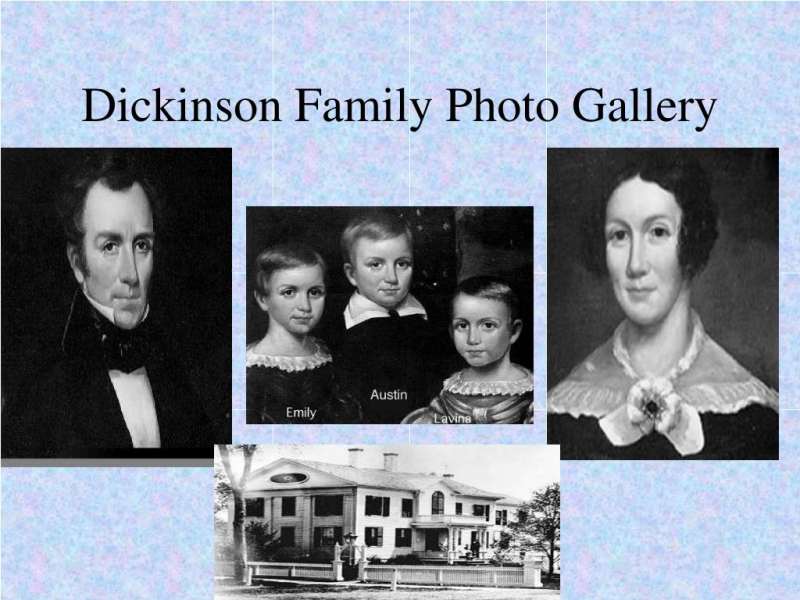
Photo: https://image.slideserve.com/ -
One of the interesting facts about Emily Dickinson is that Emily Dickinson never published anything under her name. Dickinson's friend and tutor Thomas Wentworth Higginson commended her writing skills and originality but advised against publishing her poetry, maybe because he believed that the general public would not be able to appreciate (or grasp) her genius. Ten of Dickinson's poems and one letter were printed in newspapers and journals between 1850 and 1878, but she did not consent to any of these publications, and her name is not given to any of them.
Dickinson may have attempted to have some of her writing published; for instance, in 1883, she submitted four poems to Thomas Niles, the editor of Little Women by Louisa May Alcott. Instead, she published dozens of self-published booklets of her poems after letting her closest friends see them. Four years after Dickinson's passing, her first book of poems was published in 1890.
After Dickinson passed away in 1886, her sister Lavinia discovered approximately 1,800 poems and a sizable collection of hand-embroidered volumes in her bedroom. The poet's early years were devoted to studying, reading, and writing, but between 1858 and 1865, in her late twenties and early thirties, when she only wrote about 1,100 poems, she was at the height of her creative output. It coincided with the Civil War and Dickinson's family's relocation to the Homeland, which she bitterly disliked. It was a time of relative change in her life.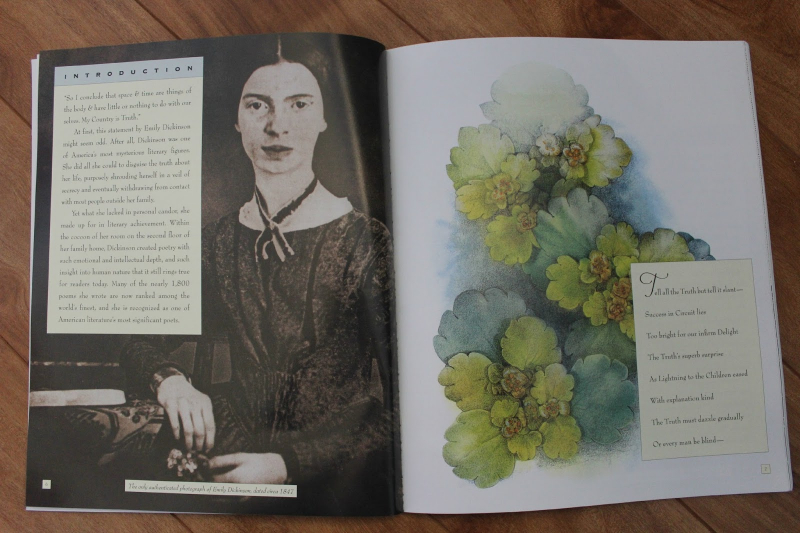
Photo: http://1.bp.blogspot.com/ 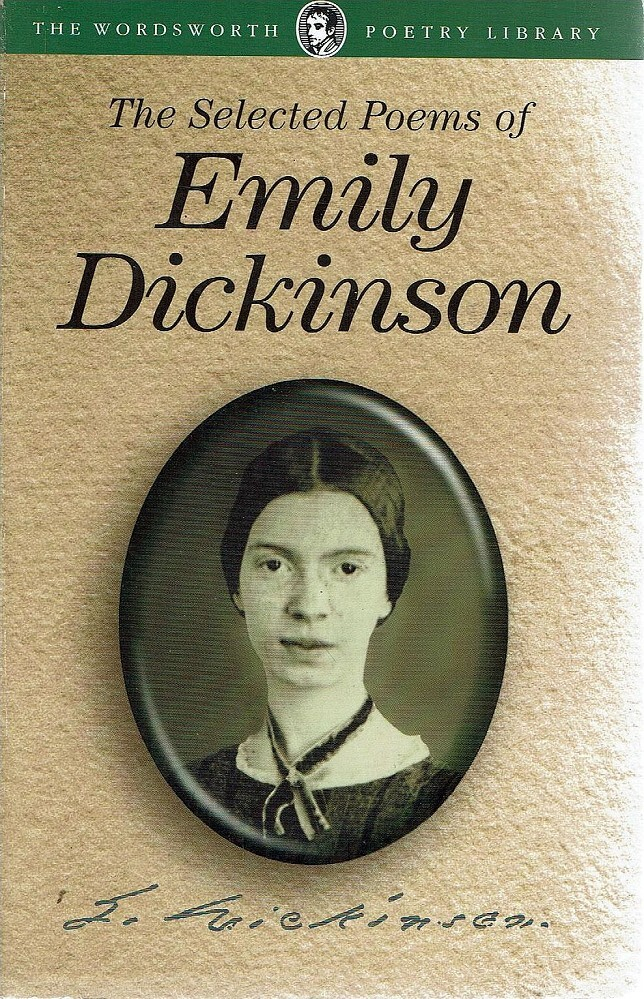
Photo: https://www.marlowesbooks.com/ -
Dickinson's bond with her brother and sister remained strong even though she lived most of her adult life alone. Austin, her brother, resides next door to her on the estate known as The Evergreens with his wife and three kids. Dickinson kept in touch with Susan, Austin's wife, and her sister-in-law frequently. Additionally, Lavinia, Dickinson's older sister, and a videographer reside with her at the Dickinsons' house.
Dickinson resided in her family's Amherst, Massachusetts, house, Homestead, for the majority of her life. The house was constructed in 1813 for the grandparents and given to them in 1830, the year the poet was born. She only spent 15 years living somewhere else in Amherst after billionaire David Mack bought Homestead.
Susan Gilbert, Dickinson's sister-in-law, was the subject of her closest and most devoted friendship in the 1850s. Susan assisted the poet, serving as his "most cherished companion, influencer, muse, and mentor," as suggested by the editorial board. Except for Shakespeare, you have given me more information than any living man, Dickinson wrote in a letter to Susan in 1882.
However, the family bought the home in 1855, and Dickinson and her sister lived there until their deaths. It served as the backdrop for most of Dickinson's writing, and her niece Martha Dickinson Bianchi subsequently inherited it.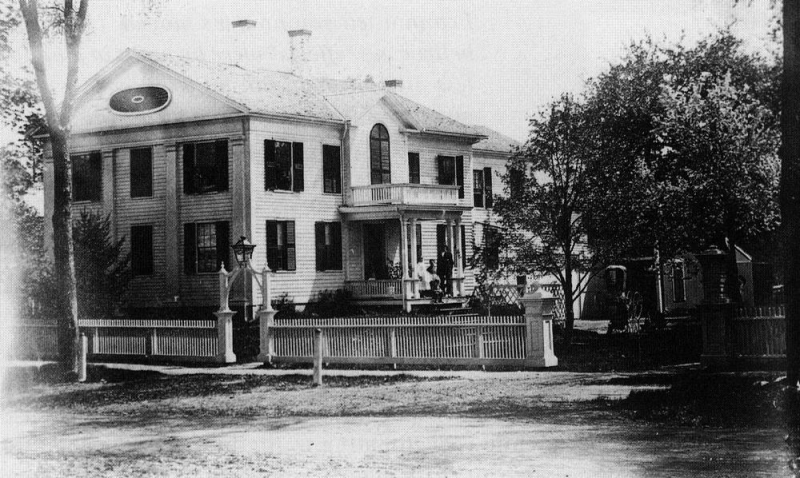
Photo: https://3.bp.blogspot.com/ 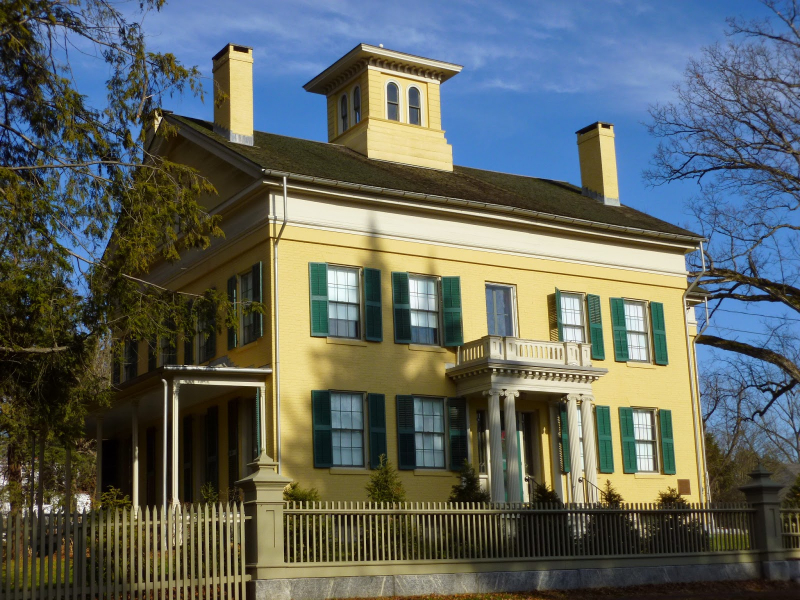
Photo: https://2.bp.blogspot.com/ -
One of the fun facts about Emily Dickinson is that she might have suffered from anxiety. Emily Dickinson developed severe inhibitions in her adult years and after. She does not extend invitations to guests. She didn't even want to leave her bedroom throughout her final years.
A regrettable fact about Emily Dickinson is that it is now thought that she battled multiple ailments throughout her life. Agoraphobia may be one of the conditions. She attempted to stay at home as much as she could, perhaps out of dread of developing dementia.
Dickinson lived alone for the last 20 years of his life, rarely leaving the house, ducking when the doorbell rang, and frequently choosing to converse with visitors through a closed door rather than in person. According to some ideas, this can be the result of her nervousness or medical issues that make her uneasy among people. Others think the author spends all of her time thinking about her poems and enjoys being tethered to her desk.
It is also frequently mentioned that Dickinson's isolation increased during the 1880s as a result of the deaths of her mother, nephew Gilbert, acquaintances Charles Wadsworth, Judges Otis P Lord, and Helen Hunt Jackson, as well as her mother. She is referred to by her sister as "sensitive" and "worried about prostration," but she nevertheless maintains relationships through correspondence, albeit occasionally using it as a means of fending you off.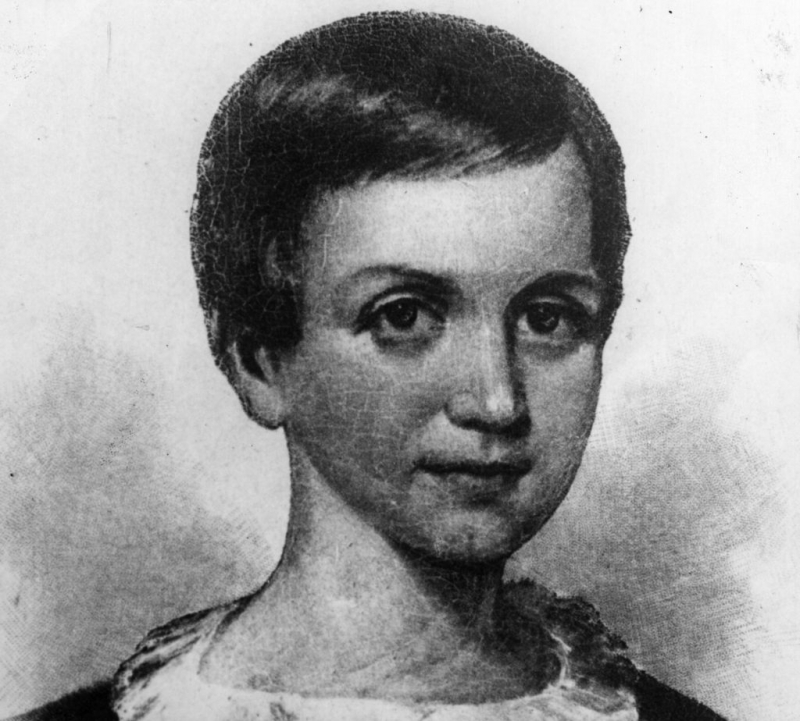
Emily Dickinson as a child - Photo: https://www.factinate.com/ 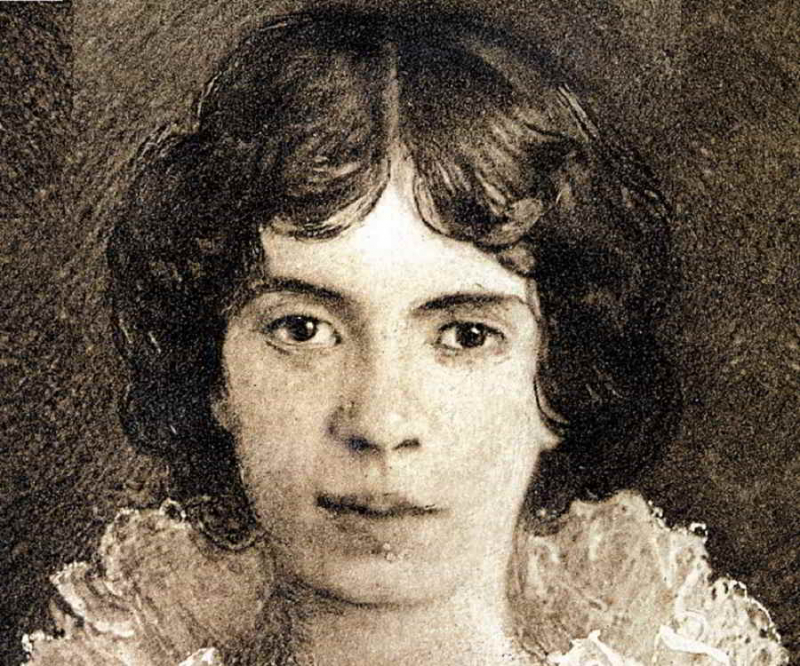
Photo: https://www.thefamouspeople.com/ -
You will be surprised when people think that she only wears white and she is known by the nickname “Woman in white”. Emily Dickinson undoubtedly stood out in comparison to the culture of the time. She is viewed by many as odd and quirky. Her choice to withdraw from society seemed pretty unique and puzzling to many.
She altered her fashion sense once she turned 30. She simply enjoys dressing in white. Because of this, she is frequently referred to as "Woman in White" in her neighborhood.After Dickinson's passing, a rumor spread that the poet wore only white clothing. She was buried in white, but the only thing that remains of her clothing is a white dress that she donated to the Amherst Historical Society in 2000. This does not assist the situation. When the pair first met in 1870, Dickinson was described as wearing white by American author Thomas Wentworth Higginson.
The Emily Dickinson Museum contends that the poet's monochromatic attire is merely a legend. The poet described other things she owned that were colored differently but never specifically referenced wearing white herself. In a letter to a relative, she pleaded with him not to mention that she was currently carrying an umbrella and donning a brown dress and cape.
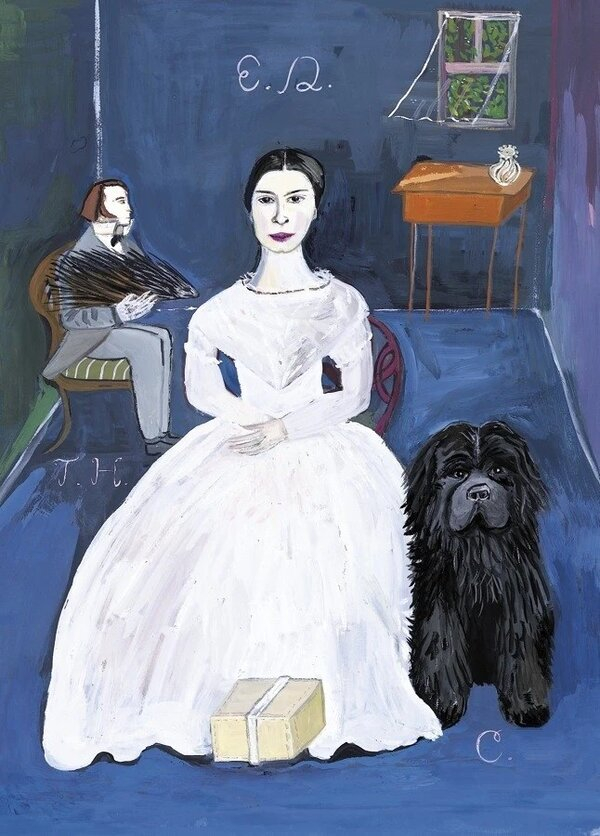
Illustration of Emily Dickinson in a white dress - Photo: https://designingmimiblog.files.wordpress.com/ 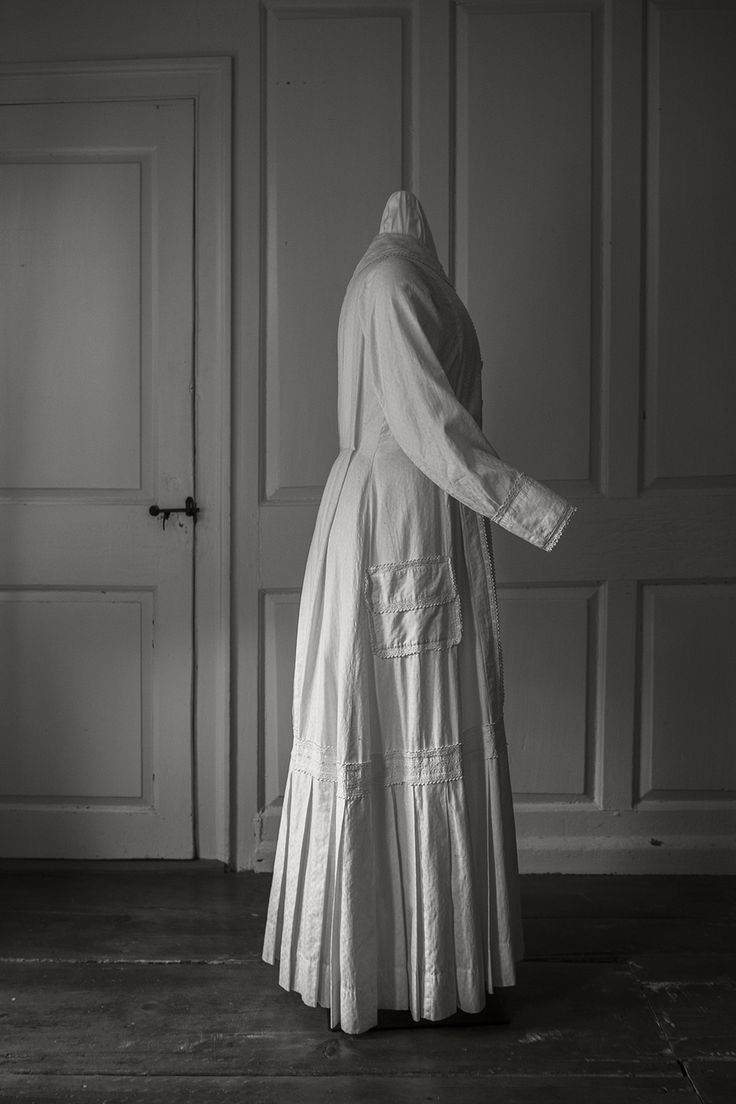
The white dress that Emily Dickinson used to wear - Photo: https://i.pinimg.com/ -
Although Dickinson never got married, her love life wasn't always smooth. The occultist may be Dickinson's mentor, a Springfield newspaper editor, a tribute, a student at Amherst, God, or even a fictitious muse like George Gould, who went to the same school as her brother and is rumored to have proposed to her in the 1850s, according to scholars. Nearly two decades later, Dickinson started dating Judge Otis Lord, a friend of her father's who had recently lost his wife. In 1883, Lord proposed to the poet but never heard back. He passed away in 1884.
In 1872 or 1873, Dickinson met Otis Phillips Lord, a senior judge on the Massachusetts Supreme Court from Salem. Although their letters were lost, it is speculated that after the death of Lord's wife in 1877, his friendship with Dickinson evolved into a late-life romance. Lord strikes a chord with Dickinson, especially in terms of a common love of literature.
Even though she was never married, Dickinson's standard featured three intense love letters now known as "Master Letters" written between 1858 and 1862. She talked about an enigmatic man she fell in love with. The letters, which were all addressed to "Master," were written by Dickinson in clear, fluid English and were written in rough draft form with occasional dashes.

Poems about love that Emily Dickinson wrote. - Photo: https://quotefancy.com/ 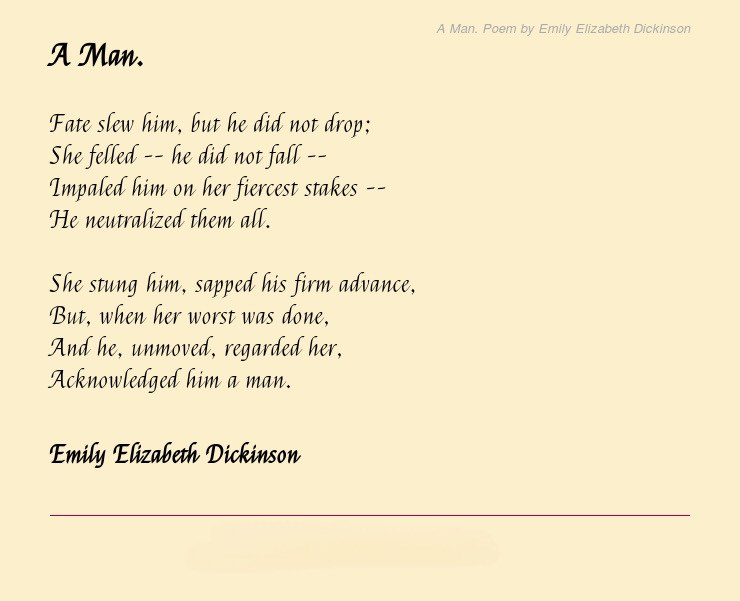
Poem about mysterious man. - Photo: https://internetpoem.com/ -
Emily had made her own lawn while she was in the academy. There is a note with the Latin name of each plant underneath. The fact that Emily Dickinson had a lifelong affinity for botany is an intriguing truth about her.
Dickinson devoted most of his time to gardening. She tends to apple, cherry, and pear trees as well as hundreds of flowers and vegetables on the family's property. Along with managing the family greenhouse, where jasmine, gardenia, carnations, and ferns are grown, she also frequently alludes to plants in her poetry. Dickinson put together a 66-page collection as well.There are 424 carefully organized and named pressed flowers on the page. She enjoys sending loved ones floral bouquets together with poems, according to her biographer Peter Parker, even though most of them "value luxury more than poetry."
The garden and conservatory of Emily Dickinson were recently restored by the Emily Dickinson Museum, which is housed on the original Dickinson estate. On the site, apple and pear trees have been rehabilitated and replanted, and archaeologists are looking for seeds from the 1800s in the hopes of planting more trees in the future.
Dickinson had a passion for music in addition to botany. Her aunt noted Emily's musical accomplishments in a letter. She does a decent job at the piano.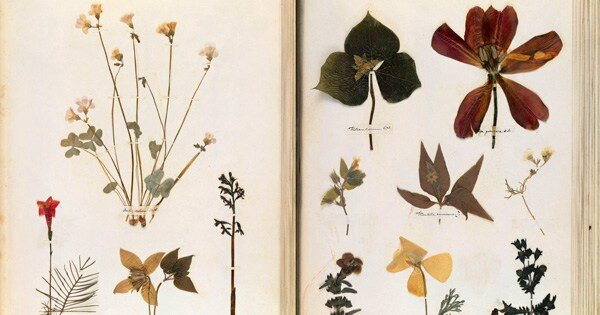
She drew things that interest her - Photo: https://miro.medium.com/ 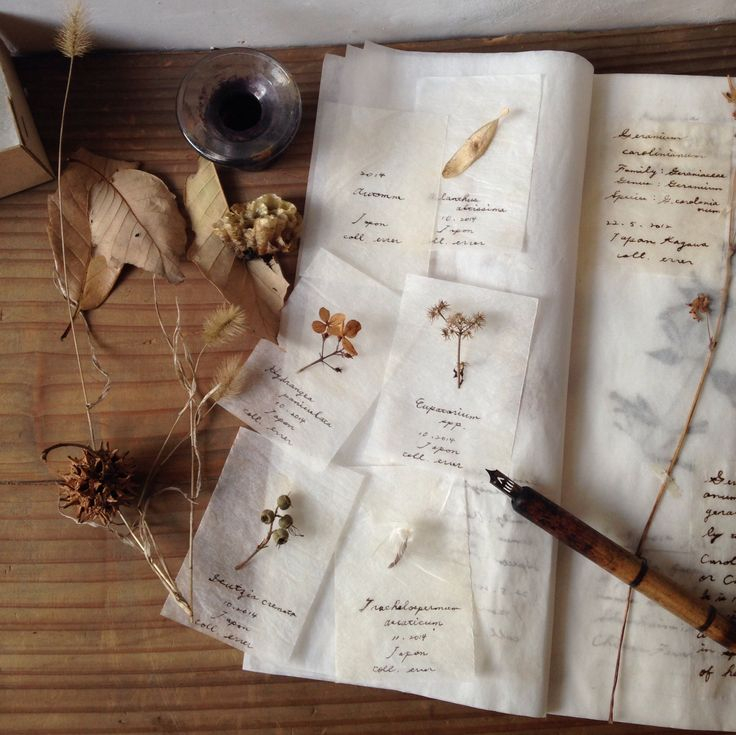
Photo: https://i.pinimg.com/










